

The Lipo Authority
Brought to you by Dr. Klein, inventor of Tumescent liposuction

Liposuction is often celebrated for its physical benefits, such as improved body contours and reduced stubborn fat. However, its impact on mental health is equally significant and can greatly enhance overall well-being. Here are three ways liposuction can positively affect mental health: 1. Boosting Self-Esteem and Confidence Enhancing Body Image One of the most immediate

Liposuction is often misunderstood, with various misconceptions and stigmas surrounding the procedure. Challenging these misconceptions is crucial for fostering a more informed and supportive perspective. Here are three ways to break stigmas and provide a clearer understanding of liposuction. 1. Educating About the Procedure Understanding the Basics Many misconceptions about liposuction stem from a lack
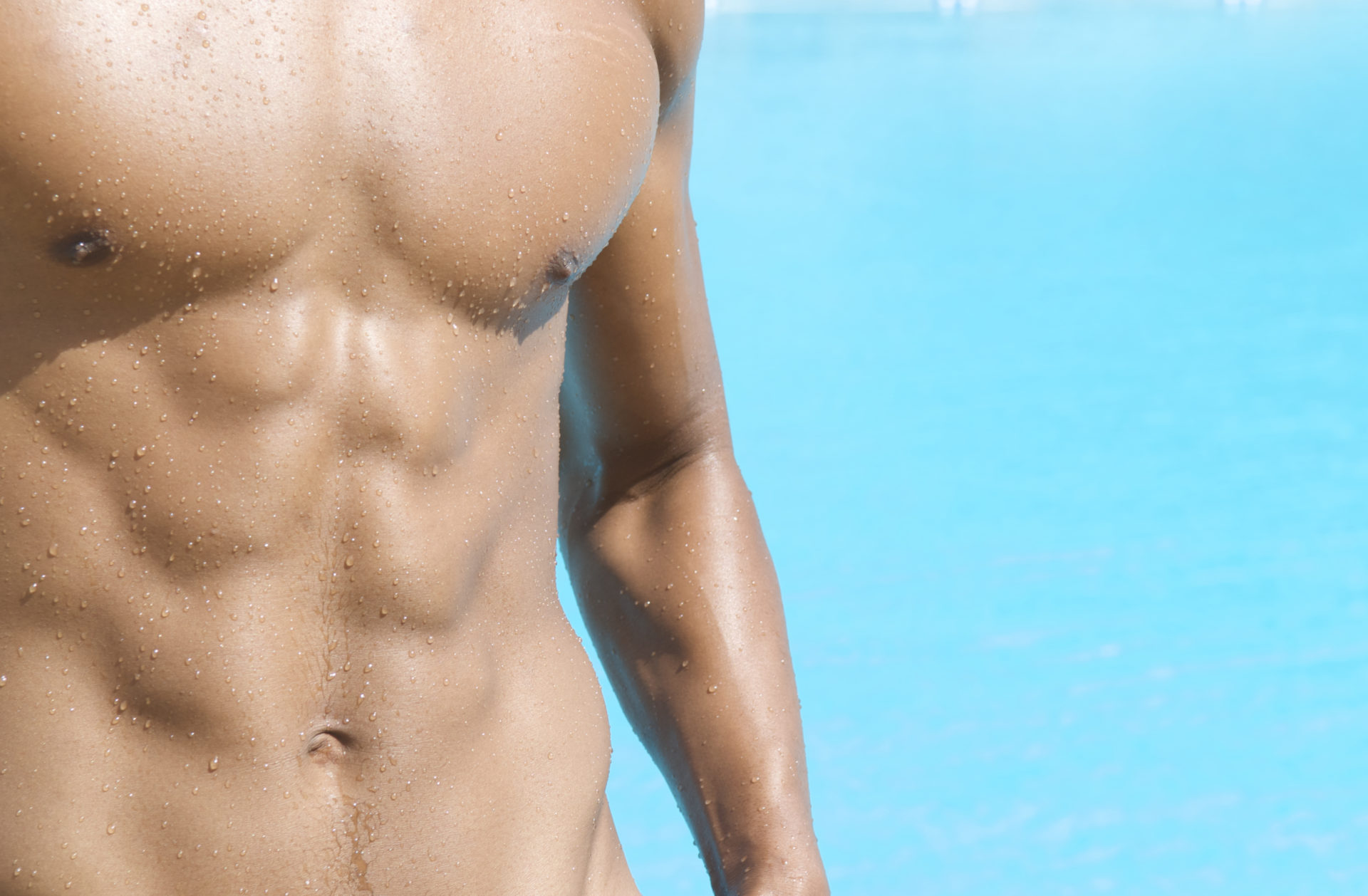
Liposuction has traditionally been associated with women, but an increasing number of men are also opting for this cosmetic procedure. This trend reflects broader societal standards and changing perceptions of body image across genders. Here are five key insights into how societal standards and gender influence liposuction trends among men and women. 1. Liposuction Trends:
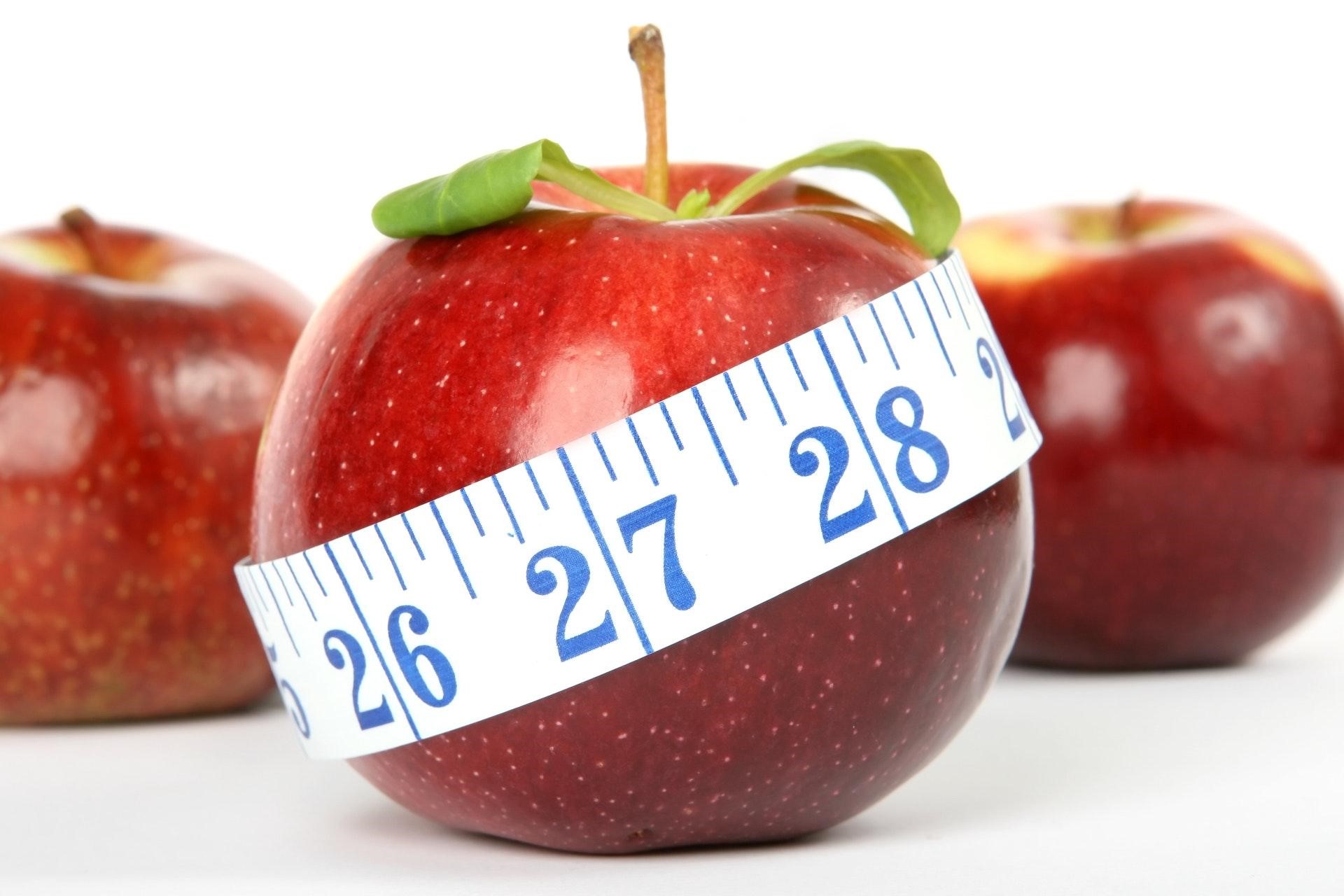
Holistic health emphasizes the integration of physical, mental, and emotional well-being. When considering liposuction, it’s essential to view it as part of a comprehensive approach to overall health and wellness. Here are seven ways to integrate liposuction into a holistic health strategy, ensuring that the procedure enhances your overall quality of life. 1. Comprehensive Consultation

In recent years, the conversation around body autonomy and personal choice in cosmetic procedures has gained momentum. Liposuction, a popular method for removing unwanted fat and contouring the body, often finds itself at the center of these discussions. Advocating for personal choice and autonomy in undergoing liposuction is essential for empowering individuals to make informed
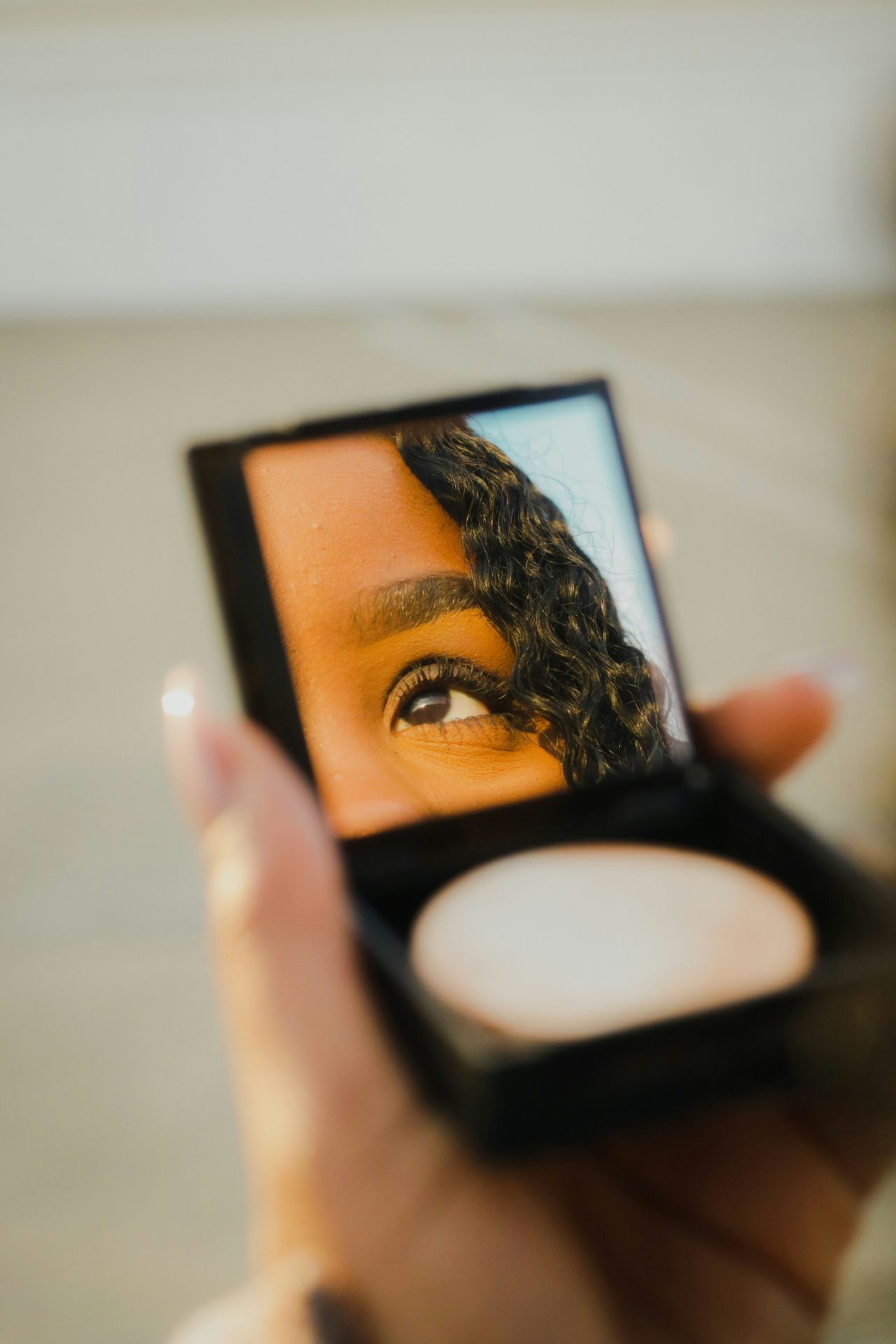
Liposuction, a popular cosmetic procedure, has seen significant influence and representation in pop culture over the past few decades. This relationship between liposuction and pop culture is mutually reinforcing, shaping societal perceptions and influencing individual decisions. In this article, we explore how liposuction has been portrayed in pop culture and how these portrayals affect public
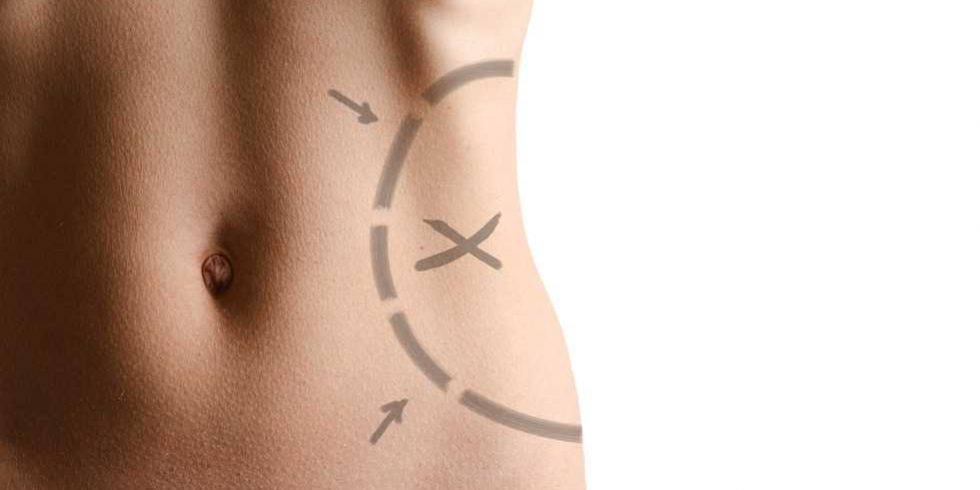
Tumescent liposuction is a popular and advanced technique for fat removal that offers numerous benefits over traditional liposuction methods. This procedure is known for its safety, precision, and ability to deliver excellent results with minimal discomfort and downtime. If you’re considering liposuction, understanding the benefits of tumescent liposuction can help you make an informed decision.
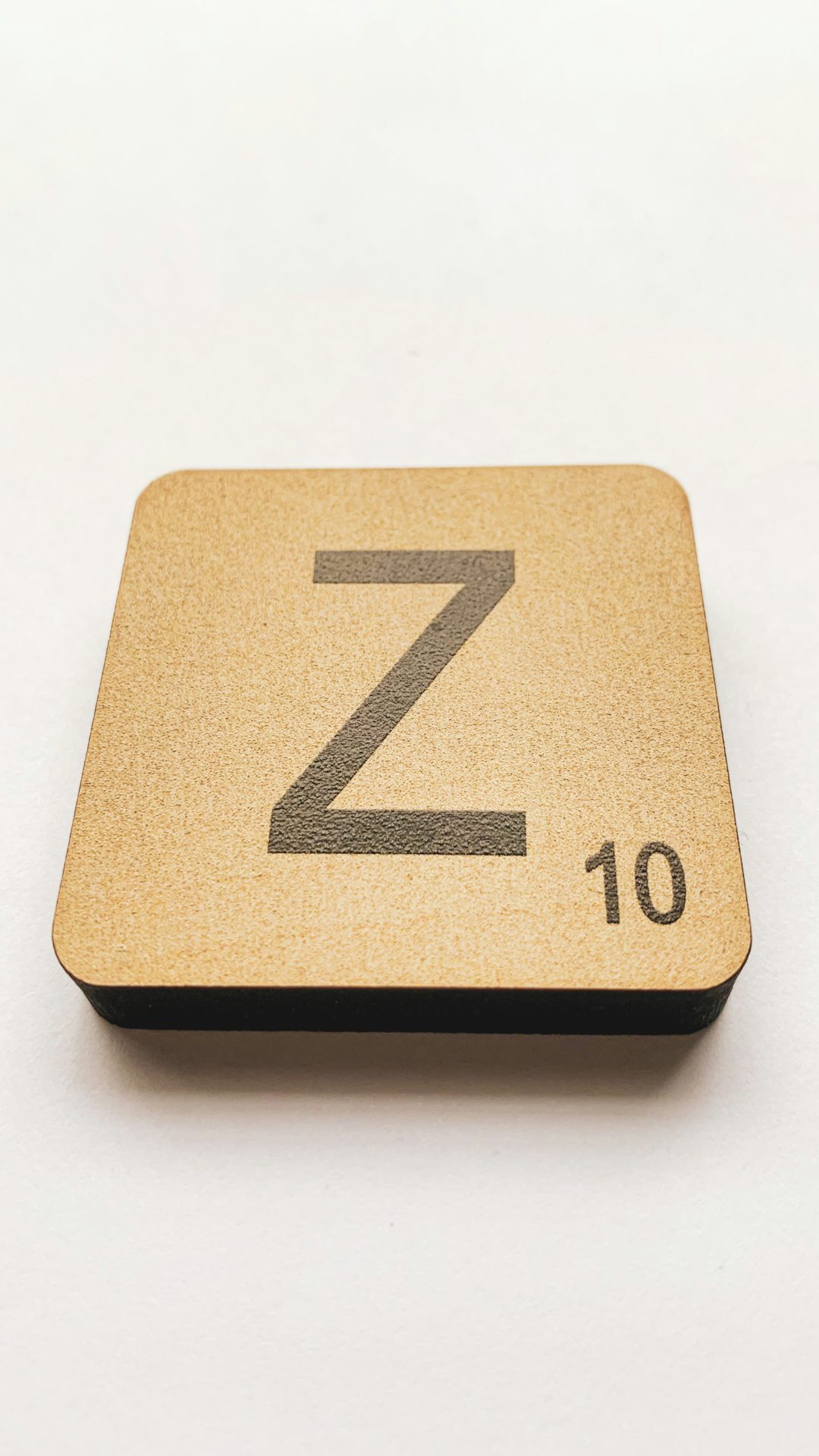
Liposuction, a popular cosmetic surgery for body contouring, has seen a surge in interest among Gen Z, the generation born roughly between 1997 and 2012. This rising trend raises questions about the factors driving this phenomenon and its implications. In this article, we delve into why liposuction has become a significant trend among Gen Z
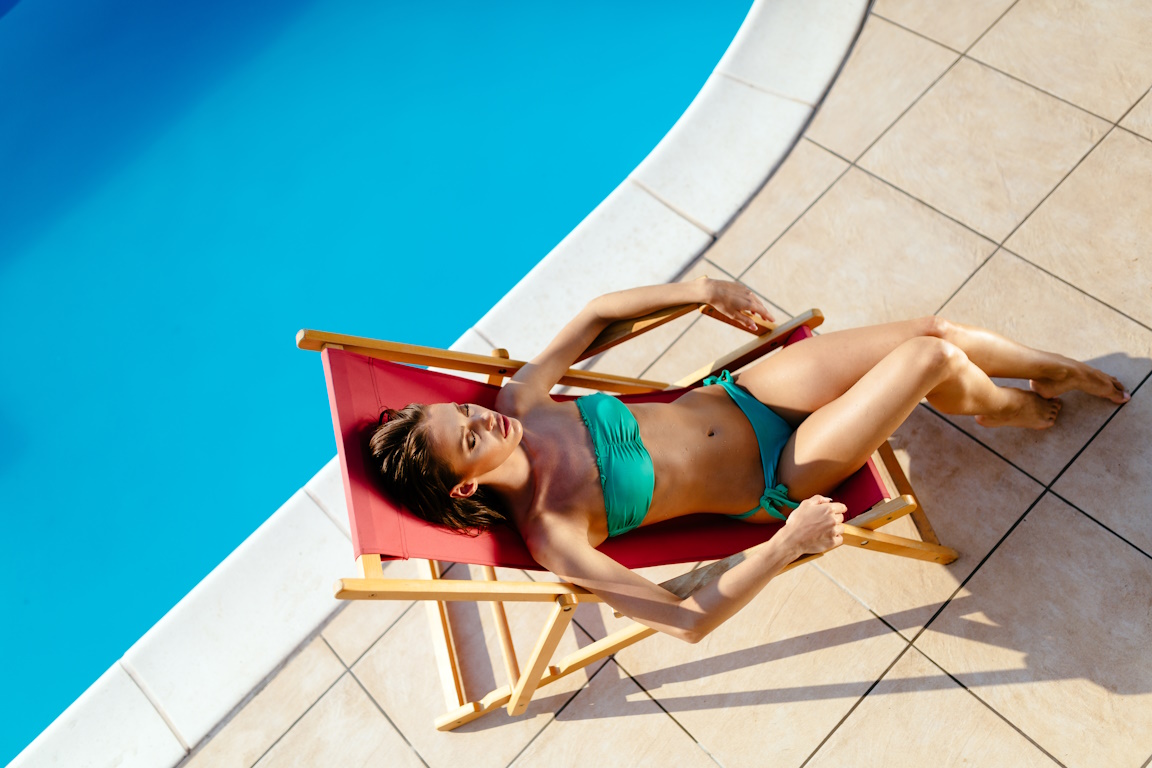
Many people aspire to achieve a toned and confident summer body. While diet and exercise play crucial roles in maintaining a healthy physique, sometimes stubborn fat deposits can persist despite our best efforts. Liposuction, a popular cosmetic procedure, offers a solution to these challenges by sculpting and contouring the body. Here are three ways liposuction
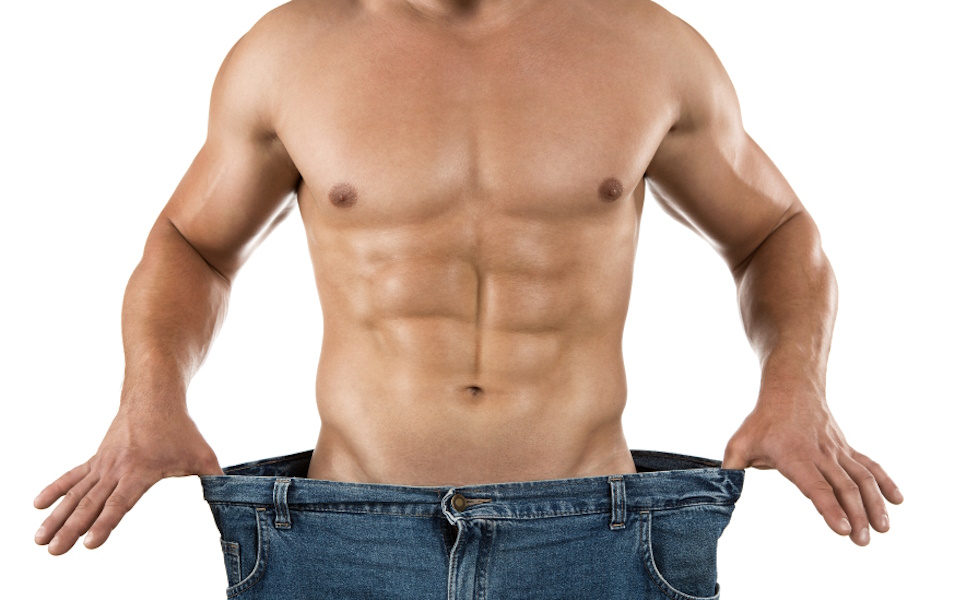
This article explores how liposuction, when approached thoughtfully, can coexist with body dysmorphia treatment, offering both physical and psychological benefits.

Liposuction is more than just a physical transformation. It can be a gateway to improved confidence and a better quality of life.
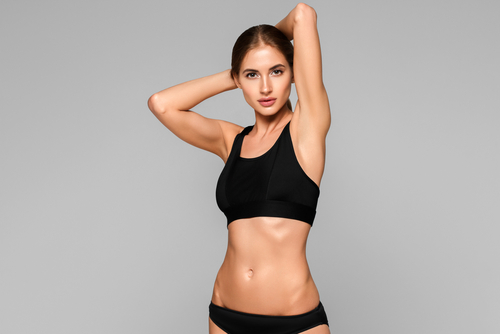
Sometimes your healthy habits do not quite result in the body shape you were hoping to attain, luckily help is on the way. Body contouring procedures like liposuction help to reduce and smooth your figure to put the lasting touches on your profile. The staff at Senza Aesthetic Medicine has a few tips to help
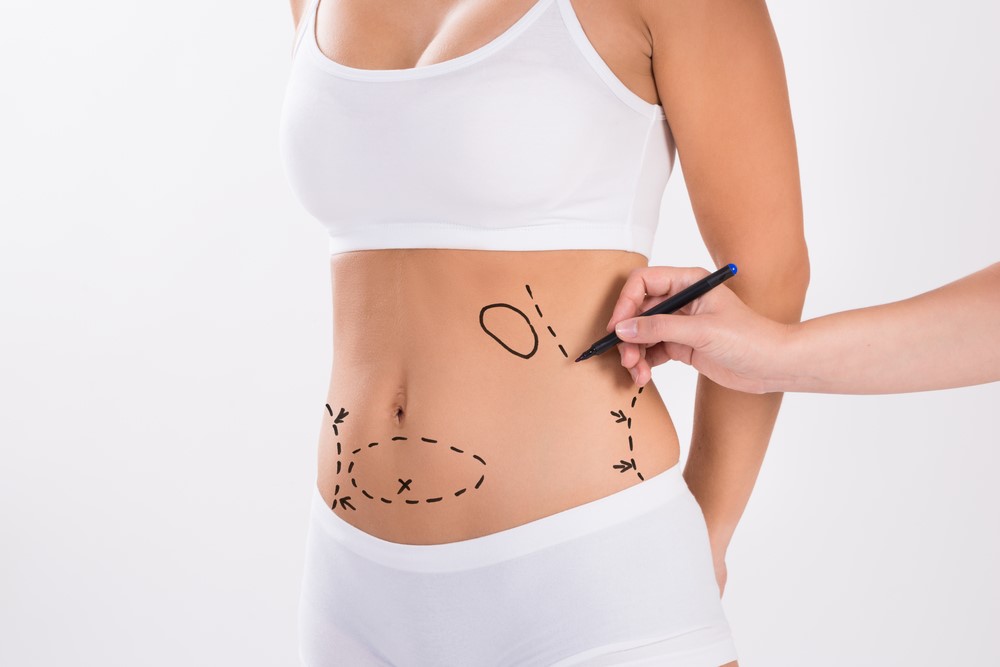
Liposuction is often depicted as a quick, easy way to get rid of unwanted fat. While the procedure does remove fat, it’s not a magic bullet. There are a number of myths about the procedure floating around pop culture. These myths often lead to a misunderstanding of what liposuction is, what it can do, and

There are all kinds of new devices that promote fat loss without liposuction – sometimes they are even branded as “nonsurgical liposuction.” And while they can be helpful for the right person, they don’t produce the same results that can be accomplished with surgery. Sometimes, they may not even be safer. Here’s why:
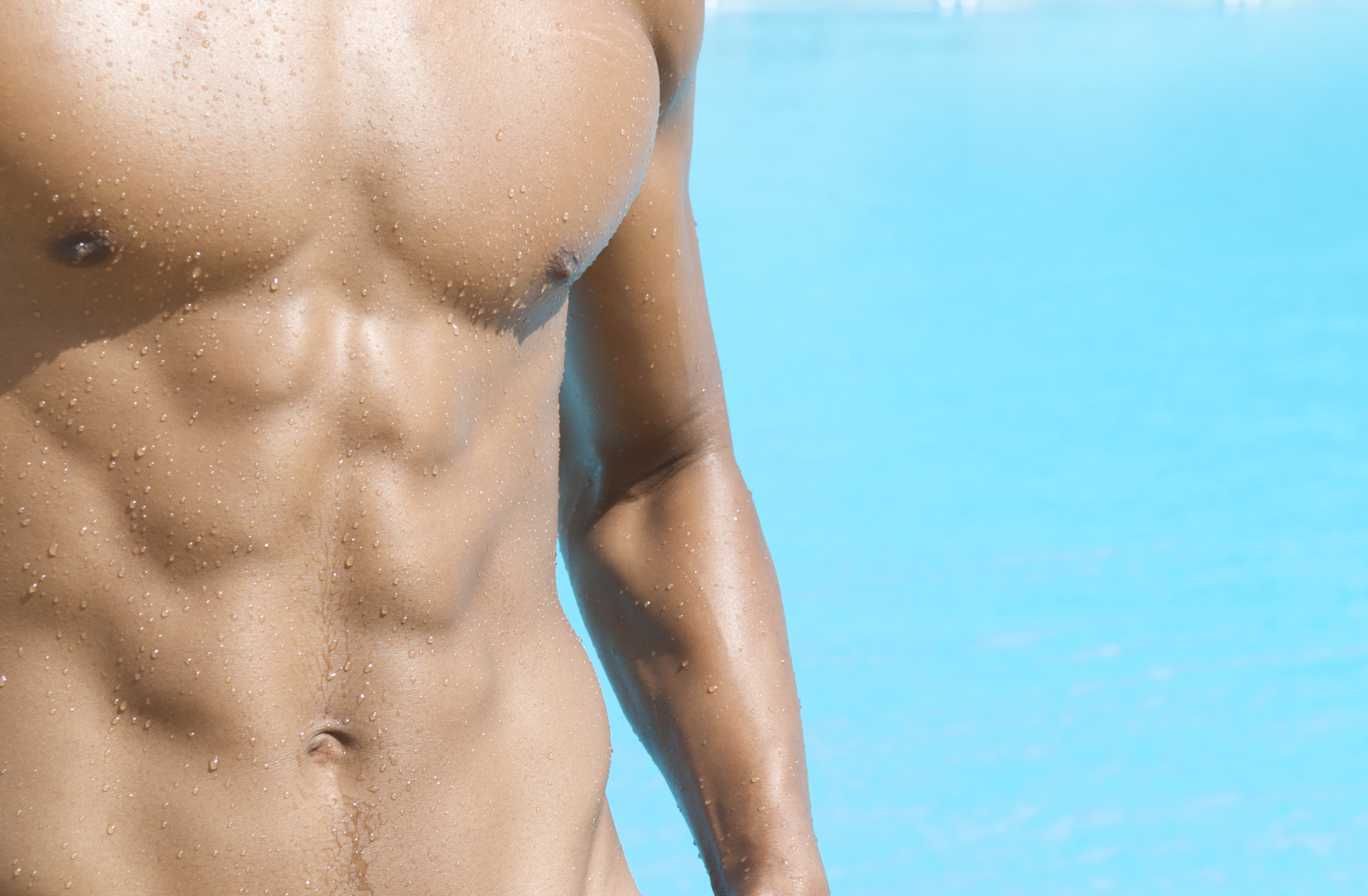
Cost of Liposuction is an important factor when considering liposuction surgery. The cost of liposuction can range from $2500 per treatment area to over $5000. Howeverthe quality of liposuction is more important than the price of liposuction. If the ultimate goal of liposuction is to have a happy patient, then the surgeon’s expertise and experience are probably more important than the price.
Liposuction prices are important, but it is not the most important factor to considering lipo surgery. Be careful not to put your body on the “Discount Rack”.
Choosing a liposuction surgeon based on the lowest price might ultimately be the most expensive choice, if the initial cosmetic results are so bad that another surgeon must be paid to repair the work of the first liposuction surgeon.
Among the most common undesirable outcomes of liposuction are 1) incomplete liposuction with very little evidence that liposuction was actually done, 2) excessive liposuction producing an unnatural or disfigured appearance, 3)irregular and uneven results with unsightly depressions in the skin, and 4) large scars that reveal that the patient has had liposuction. Caveat emptor (Buyer beware).
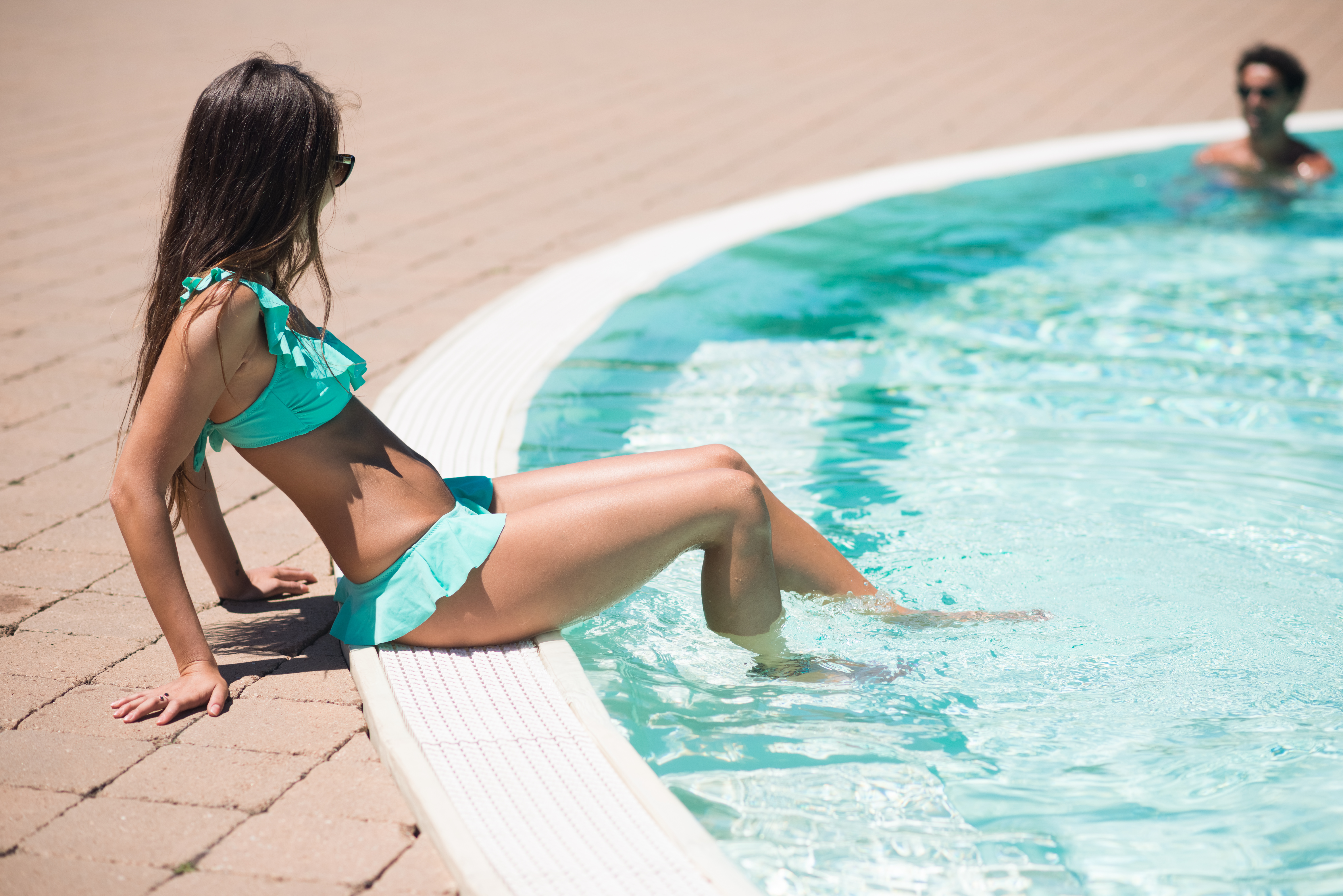
There are many ways to do liposuction, for example liposuction can be accomplished painlessly either totally by local anesthesia or with general anesthesia. In the realm of liposuction, maximum speed and maximum volume of aspirate are not criteria for
excellence. Ultimately, excellence is measured in terms of patient happiness which is a function of safety, patient comfort, finesse, and quality of results. The important distinction between liposuction surgeons who are board certified is the liposuction
technique that they use. The surgeon’s specialty is not as important as the surgeon’s technique, experience and attitude toward safety.
There are various techniques for doing non-surgical liposuction and non-surgical fat removal. These pages provide you with brief descriptions of the non-surgical liposuction techniques currently available from the some of the surgeons in our liposuction
directory.
Liposuction compression garments are a functional combination of absorptive sponges and compression pads. Absorptive sponges are required for the containment of the objectionable postoperative blood-tinged drainage. Containing the drainage avoids alarming the patient and prevents staining of clothing and furniture. Complete absorption and containment of the drainage allows the patient to mobile and sociable. The copious drainage that occurs after tumescent liposuction demands compression garments with a special design.
Compression pads are postoperative cushions place over liposuctioned areas to distribute the compression provided by an elastic compression garment in a smooth and uniform manner. Uniform, gentle compression of subcutaneous tissue after liposuction collapses the gaps within the interstitial collagen of the dermis. Therefore, dermal compression prevents bruising by blocking the outward percolation of red blood cells up toward the epidermis.
An effective and practical way of applying the compression-absorption pads over the targeted areas is to use a combination of a few strips of paper tape and elastic tube netting, similar to the method of applying dressings over burn wounds. After the compression-absorption pads are well positioned, one can apply the elastic compression garment. The optimal compression garment in this regard must be able to accommodate the bulk of the pads, and the pads must be easy for the patient to take off and put on again without assistance.
Bimodal compression refers to the sequential use of two different degrees of postliposuction compression. First, a high degree of compression is maintained while drainage persists and for an additional 24 hours past the time when all the drainage has ceased. Twenty-four hours after all drainage has ceased only a relatively mild degree of compression is required.
An adit is a technical engineering term that describes a horizontal opening by which a mine is entered or drained. A micro-adit used in tumescent liposuction is a small circular hole made by a tiny (1.5 mm or 2 mm) skin biopsy punch. Adits facilitate and promote the open drainage of residual blood-tinged anesthetic solution associated with tumescent liposuction.
It is common knowledge that 1.5-mm and 2-mm skin biopsy punches leave virtually no scars. Therefore, 1.5-mm or 2-mm punch excisions can be placed over a liposuction area with minimal risk of scarring. Adits are especially helpful areas, such as the thighs and the abdomen, where postoperative edema and bruising can be more pronounced and bothersome than in other areas.
Open drainage after tumescent liposuction refers to the technique for maximizing the drainage of blood-tinged anesthetic solution by using adits (1.5 mm or 2 mm punch excisions for microcannula access to subcutaneous fat) to facilitate postoperative drainage, locating adits in strategic locations in order to encourage gravity-assisted drainage, and allowing the adits to remain open instead of being closed with sutures. Open drainage demands the use of comfortable, high-capacity absorptive pads, also known as compression sponges.
Compression sponges are a functional combination of absorptive sponges and compression pads. Absorptive sponges are required for the containment of the objectionable postoperative blood-tinged drainage. Containing the drainage avoids alarming the patient and prevents staining of clothing and furniture. Complete absorption and containment of the drainage allows the patient to mobile and sociable. The copious drainage that occurs after tumescent liposuction demands absorptive pads with a special design.
You should not plan to drive yourself home. It is recommended that you have a responsible adult at home with you on the day of surgery.
If you have had liposuction totally by local anesthesia, you may resume your usual diet immediately. Drink adequate amounts of water, fruit juices or soft drinks to prevent dehydration. Avoid drinking alcoholic beverages for 48 hours before surgery and 48 hours after surgery.
Quiet rest is recommended for the first few hours immediately after liposuction surgery. Do not drive or operate hazardous machinery for 18 hours after surgery. Do not make any important personal decisions for 24 hours after surgery. Later in the day or evening of surgery you may take a short walk if desired. The day after liposuction surgery you should feel well enough to drive your car and engage in light to moderate physical activities. You may carefully resume exercise and vigorous physical activity 2 to 4 days after surgery. It is suggested that you begin with 25% of your normal workout and then increase your daily activity as tolerated. Most people can return to a desk job within one to two days after surgery, although one must expect to be sore and easily fatigued for several days.
HK Post-Op Garments are designed specifically for tumescent liposuction. Two HK Over-All garments are worn after tumescent liposuction of the thighs or hips. One HK Torso garment plus an adjustable elastic binder is used after tumescent liposuction of the abdomen, hips, waist, flanks, back, or breasts. These garments are specifically designed to be used with super-absorbent pads and to provide firm compression to encourage maximum drainage of residual blood-tinged anesthetic solution. Beginning the day after surgery, the post-op garments are to be removed daily to permit you to shower and to wash the garments. Two Over-All garments or one Torso garment plus binders should be worn day and night until 24 hours beyond the time when all the drainage has completely stopped. Do not be concerned if you have drainage for several days. Discontinuing the use of the garments and binders too early may result in more prolonged drainage. Typically, patients will need to wear the garments for 3 to 6 days. Some patients, especially after a large amount of liposuction, will have drainage for more than a week. Many patients choose to wear the garments for a greater duration simply because of the comfort the garments provide. Wearing the post-op garment for more than the minimal number of days provides no significant advantage in terms of the ultimate cosmetic results.
Patients may experience a brief sensation of dizziness the morning after surgery, when the garments are first removed in order to take a shower. Feeling lightheaded is similar to what you might experience when standing-up too quickly. It is the result of rapid decompression of the legs after the post-op garments are removed. Should dizziness occur, simply sit or lie down until it passes. Dizziness may be prevented be removing the outer compression garment 10 minutes before removing the second garment.
Some people have a tendency to faint upon the sight of blood. Such persons should anticipate such a problem when removing blood-tinged absorbent pads when changing dressing after liposuction.
On the morning after childbirth a woman has an increased risk of fainting if she stands up too fast immediately after urinating. This is known as post-micturation syncope. A similar situation occurs the morning after liposuction. A liposuction patient should stand up slowly after urinating. In order to avoid a serious injury from a fall, if dizziness does occur, the patient should sit or lie down on the floor immediately. It is recommended that patients not lock their bathroom door so that someone can come to assist if necessary.
One should expect a large volume of blood-tinged anesthetic solution to drain from the small incisions during the first 24 to 48 hours following tumescent liposuction. In general, the more drainage there is, the less bruising and swelling there will be. For the first 24 to 48 hours, bulky super-absorbent pads are worn overlying the treated areas, and under the compression garments. After most of the drainage has stopped, patients need only place absorbent pads over the incision sites that continue to drain.
When the super-absorbent HK Pads are properly applied they should absorb all of the drainage. However, leaks beyond the pads can occur. During the first 36 hours, when sitting or lying down, you should place absorbent terrycloth towels beneath you in order to protect your furniture from any unexpected leak of blood-tinged drainage. When there is a large amount of drainage, it is advisable to place a plastic sheet beneath the towel.
Keep incisions clean. Shower once or twice daily. First wash your hands, then wash incisions gently with soap and water; afterwards gently pat incisions dry with a clean towel. Apply new absorbent pads. When an incision has ceased draining for more than 24 hours, it no longer needs to covered by pads.
Take Antibiotics as directed until the prescription is finished. Take antibiotics with food. Call our office if you notice signs of infection such as fever, foul smelling drainage, or focal redness, swelling, or pain in a treated area.
Do NOT apply ice-packs or a heating pad to skin overlying the areas treated by liposuction.
Do NOT apply hydrogen peroxide or plastic Band-Aids to incision sites. Liposuction incision sites heal faster and better without topical antibiotics.
Do NOT soak in a bath, Jacuzzi, swimming pool, or the ocean for at least 7 days after surgery in order to minimize the risk of infection.
Nausea and vomiting are among the side effects that may be associated with liposuction. Nausea can be caused by antibiotics, lorazepam, or local anesthesia.
Menstrual irregularities may occur for a month or so after liposuction. Premature or delayed onset of monthly menstruation is a possible side effect of any significant surgery.
Slight temperature elevation during the first 48 hours after surgery is a natural consequence of the body’s reaction to surgical trauma.
Inflammation, swelling, and soreness are expected consequences of liposuction. Two extra-strength Tylenol should be taken every 4 hours while awake for the first 48 hours to reduce postoperative soreness and inflammation. Discomfort and soreness is worse the second day after surgery, then improves daily.
For 3 days after surgery do not take aspirin or ibuprofen or similar NSAIDS (non-steroidal anti-inflammatory drugs) such as Bufferin, Anacin, Advil or Nuprin. NSAIDS can promote bleeding by impairing platelet function. NSAIDS also depress the immune response to infection by impairing white blood cell function.
Bruising is minimal with tumescent liposuction. Nevertheless, the more extensive the liposuction surgery, the more bruising one can expect. Some patients have more of a tendency to bruise than others.
Pain and swelling due to an inflammatory reaction to surgical trauma may occur and increase 5 to 10 days after surgery. Notify your surgeon if there is a dramatic increase in pain or swelling.
Itching of the treated areas several days after surgery may occur as part of the normal healing process. To help relieve the itching, you may try taking Benadryl as directed on the packaging. Be aware that Benadryl causes drowsiness. You may also try using oatmeal soap. After the 7th postoperative day, provided that the incisions are well healed, you may soak in a bath with an oatmeal bath preparation. Benadryl and oatmeal products may be purchased at most drugstores.
These prevent staining clothes and furniture, and to avoid the “sight of blood” that would otherwise accompany the drainage of blood-tinged tumescent fluid. For example, the HK Super Absorbent Pads that measure 12 x 20 inches weigh just 6 ounces and have the capacity to absorb more than a liter (two pounds= 32 ounces) of water, or more than 5.5 times their own weight.
In practice, the absorbent pads have two distinct functions. First, they absorb the large volume of tumescent drainage to improve patient comfort and hygiene, and secondly the pads distribute the elastic garment’s compressive force more uniformly. This uniform compression narrows the gaps between interstitial collagen bundles in the dermis and prevents red blood cells from moving toward the skin surface where it appears as a bruise. HK Pads (US Patent 6,162,960) are the only commercially available pads of this type.